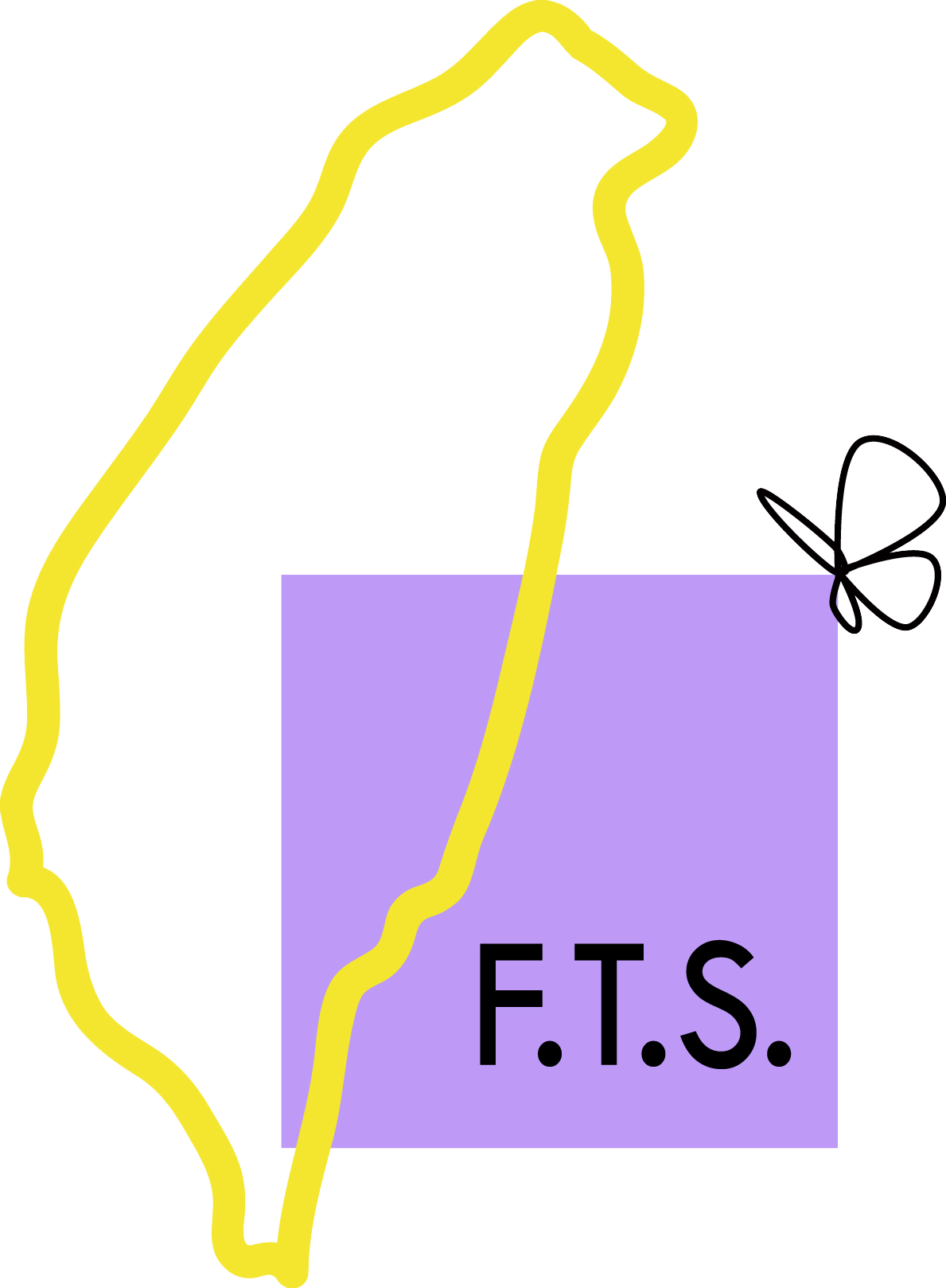Taiwan-China: Perspectives
History, memory, spaces of otherness
Stories from...
After having issued five illustrated stories on line since 2020, which have provided a narrative of the 1980s generation memories, the “Taiwan-China: Crossed Perspectives” column is evolving into an illustrated book, supplemented with historical notes, published during the first half of 2023 by You Feng Publishing (Paris).
Book available on the site You Feng Publishing
Samia Ferhat, Taïwan-Chine : Imaginaires croisés – 海峽兩岸—想像交織的記憶, Paris : Éditions You Feng, 2023, 271p., ISBN : 979-10-367-0194-8.
This book is a bilingual, French-Chinese, edition.
Foreword
“Back in Paris in the early 2000s, after almost ten years spent in Taiwan, I had for the first time the opportunity to observe interactions between young Chinese and Taiwanese. These were mainly held within the institutions where I taught. In my classes, it happened that there were always two or three students from both China and Taiwan attending. The Chinese students were generally very keen to learn about the Taiwanese society, some even claiming a special emotional bond with its people. In contrast to this claim of sentimental connection, the young Taiwanese generally emphasise the profound rift separating them.
In order to probe this divergence in perceptions, I conducted several scientific experiments from the late 2000s onwards, including interviews with some sixty Chinese and Taiwanese youths born in the 1980s. I collected numerous accounts, which not only evoked various narratives of family and individual memories, but related experiences of interactions with people from the other side of the Strait.
Nine recollections are presented in this volume, told by Ayuan (阿远), Aji (阿吉), Awang (阿旺), Xiaoying (小英), Xiaomei (小妹), Xiaoyu (小玉), Xiaotong (小彤), Awen (阿文) and Xiaolan (小蘭). L.H.’s drawings drag us into their historical and memorial imaginations and allow us to seize the zeitgeist of the time. However, the stories of these youths are to be considered as memorial narratives feeding on the memories conveyed by their elders, or by their own personal experiences: they are no meant to “tell the history”. This is why the third part of this book presents ten historical entries written by specialists of China, Taiwan and Korea. They give us a more thorough comprehension of the context of the narratives. My warm thanks go to Danielle Elisseeff, David Serfass, Victor Louzon, Fu Si-tai (傅思台), Alain Delissen, Isabelle Thireau, Xiaohong Xiao-Planes (萧小红), Michel Bonnin, Philippe Chevalerias and Chantal Zheng for participating in this project.
Adapting the texts in Chinese for publication was a lengthy and challenging process. I am extremely grateful to my friends and colleagues who helped me to complete this work. In particular, I am indebted to Hsieh Chwenching (謝淳清), Yan Ai-lin (顏艾琳), Liu Chanyueh(劉展岳), Liu Si (刘思) and Hsu Demin (徐德敏). Futhermore, in order to conform to the linguistic and cultural practices of the Taiwanese and Chinese youths, as well as to accurately report their narratives’, complex and simplified characters coexist in this volume.”

